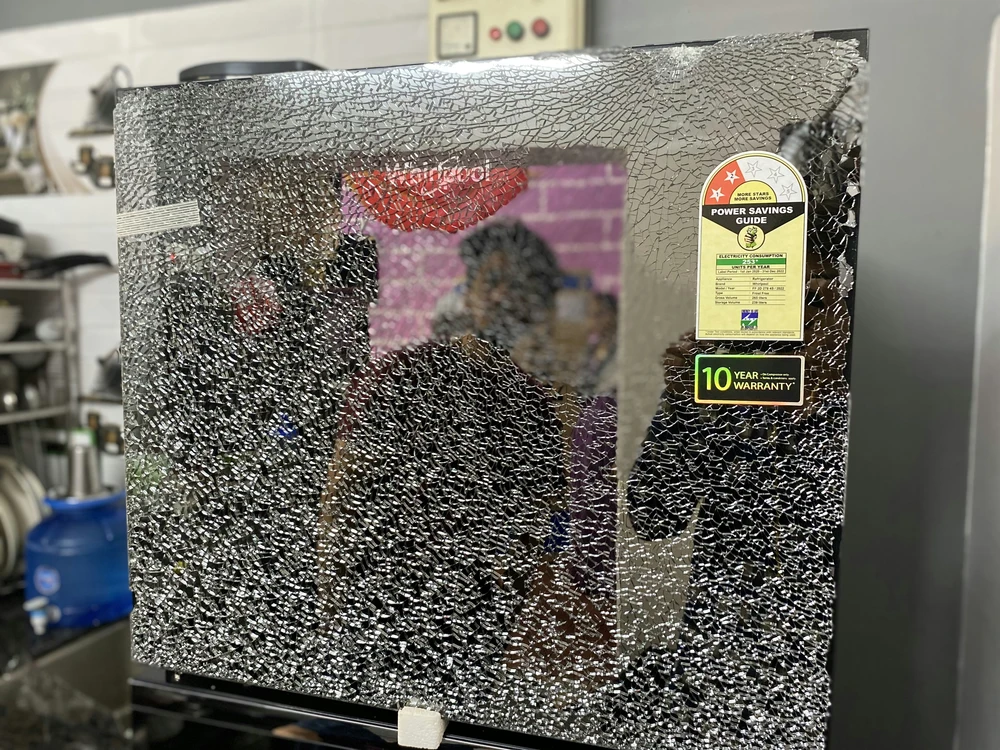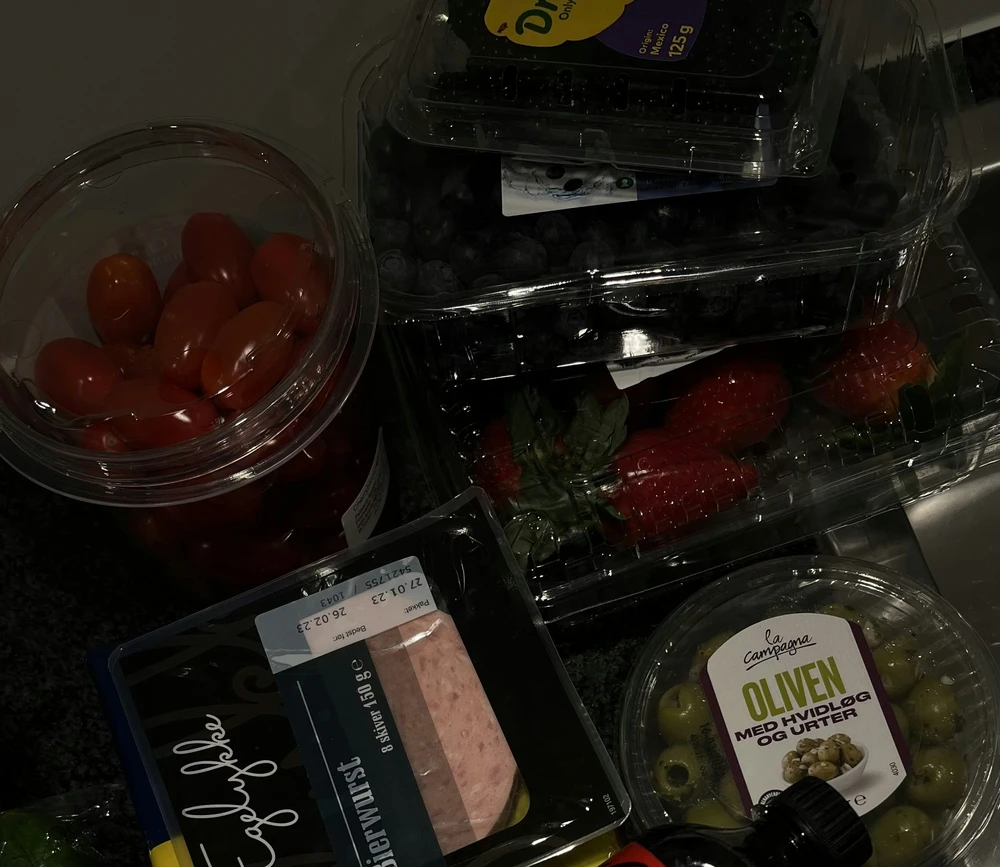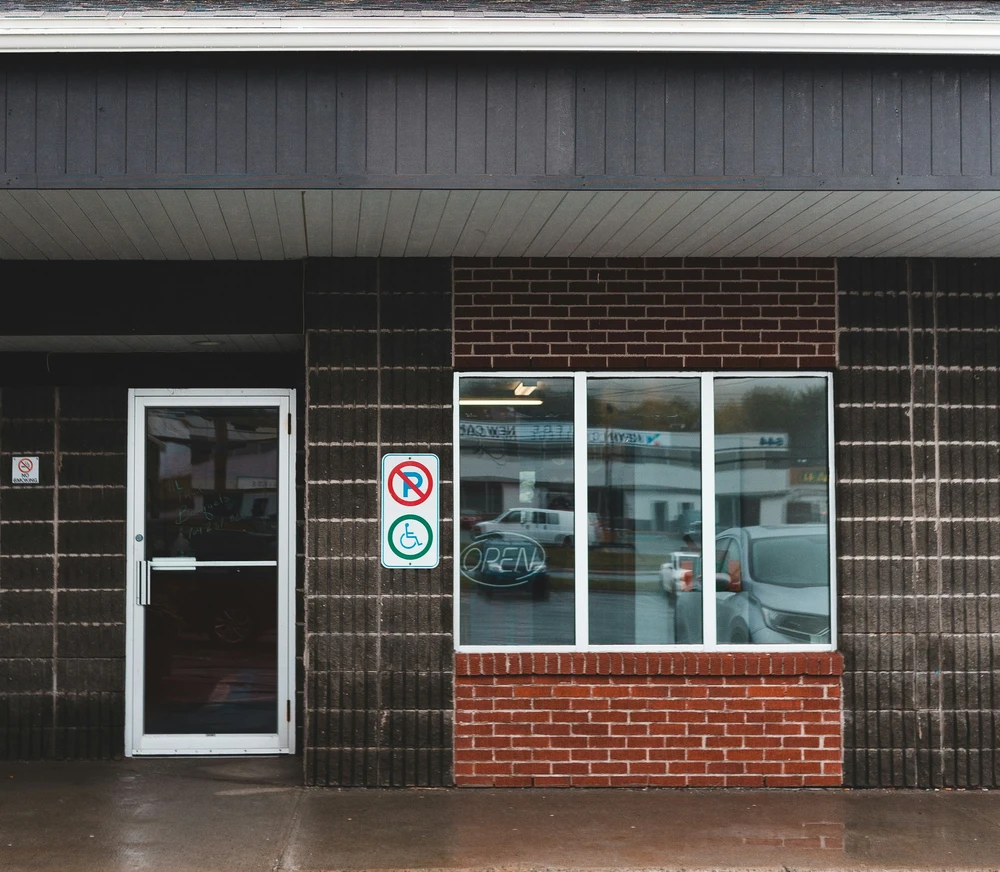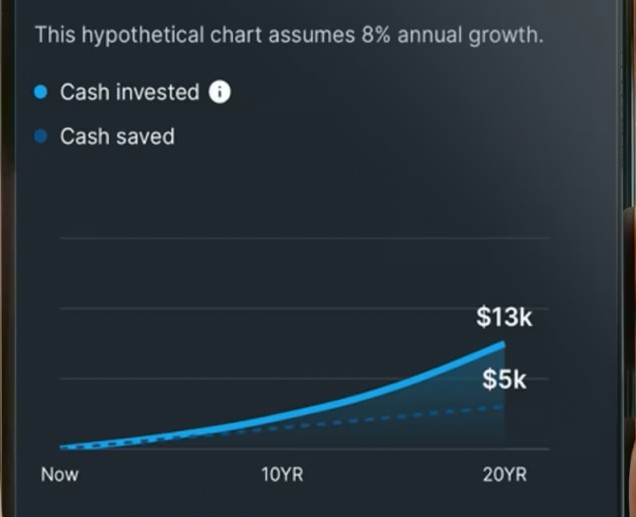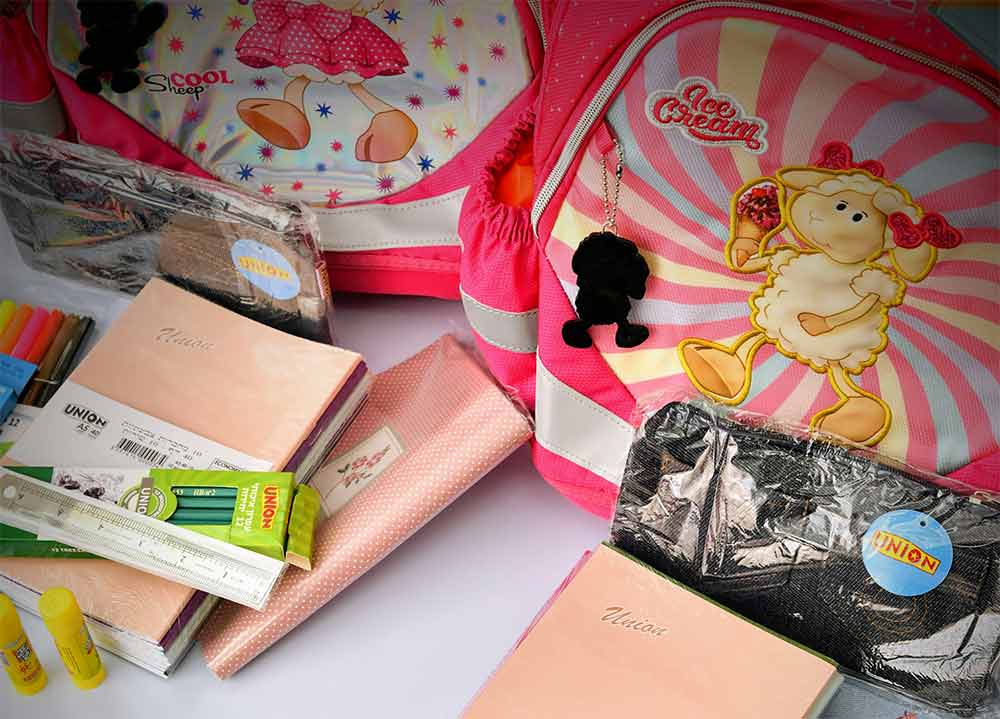Introduction: The Emotional and Financial Importance of Affordable School Supplies
As back‑to‑school season approaches, many parents feel a mix of anxiety and hope. Anxiety because the price tags on school supply lists can be overwhelming—especially when balancing household budgets. And hope because finding affordable school supplies means giving kids what they need to thrive academically and emotionally. When children arrive prepared, they feel confident. When parents find quality supplies that don’t strain the budget, they feel peace of mind.
Public school families often face financial challenges, making cost‑effective solutions critical. Luckily, you don’t have to choose between low cost and useful tools. With smart planning, you can find supplies that last, support learning, and bring joy to your child.
In this article, we’ll walk you through:
-
What every student needs,
-
Grade‑level essentials,
-
Proven ways to save money,
-
Creative DIY ideas,
-
Less obvious supply categories,
-
When to shop for the best deals,
-
Community help available,
-
And a final checklist to keep you organized.
By the end, you’ll feel empowered to provide everything your child needs without breaking the bank.
1. Understanding the Basics: What Every Student Needs
Whether your child’s starting kindergarten or ninth grade, three main categories are universal:
Writing Tools
-
Pencils (both #2 and erasable),
-
Ballpoint pens or gel pens,
-
Highlighters (bright colors for notes),
-
Crayons or colored pencils for younger grades.
Affordable but reliable brands like Ticonderoga or BIC strike the right balance of price and durability.
Paper Products
-
Spiral or composition notebooks (wide‑ruled for younger kids, college‑ruled for older),
-
Loose‑leaf paper,
-
Sketchpads or drawing paper,
-
Folders or binders to organize handouts.
Choose purchases that offer multi‑packs or value bundles—quality without overspending.
Organizational Items
-
A sturdy backpack,
-
Planner or agenda book,
-
Pencil pouch,
-
Sticky notes and index cards.
Every grade benefits from keeping things organized—kids feel in control, and parents breathe easier.
Pro Tip: Check your school’s official list first. Then cross reference with what you already have to avoid buying duplicates.
2. Back‑to‑School Shopping Tips: How to Save Money
Here are effective, verified strategies that thousands of families in the U.S. use every year:
Seasonal Sales & Timing
-
Back‑to‑school sales: late July to August brings major discounts.
-
Black Friday (late November): many stores include school supplies in clearance deals.
-
End‑of‑summer clear-out: late August/September often carries supplies on heavy discount as inventory turns over.
🔗 Save by following weekly ads or signing up for loyalty programs at major retailers like Walmart, Target, Staples, and online sites.
Coupons & Digital Deals
-
Digital coupons via apps (RetailMeNot, Coupons.com) can yield dollar‑off deals on supplies.
-
Retail newsletters often include exclusive promo codes or member discounts.
Register with your favorite stores for early alerts.
Buying in Bulk
-
Items like paper, pencils, glue sticks—bulk packs cost less per unit.
-
Warehouse clubs (e.g. Costco, Sam’s Club) and office‑supply wholesalers offer savings for long‑term needs.
Second‑hand & Swaps
-
Thrift stores, community swap groups, or neighborhood Facebook/Nextdoor pages often feature gently‑used backpacks or binders at a fraction of cost.
-
Many schools host supply swap days—parents share items their children have outgrown.
-
Local nonprofits or churches may hold events offering free supplies; see your school counselor for info.
3. Essential Supplies by Grade Level
Kindergarten
-
Crayons, washable markers, colored pencils
-
Glue sticks, safety scissors
-
Sturdy folders with pockets
-
Wide‑ruled notebooks or journals
Elementary (Grades 1–5)
-
Sharpened pencils and erasers
-
Lined paper (wide ruled)
-
Basic pencil box/case
-
Durable backpack
-
Personal water bottle
-
Optional: simple calculator for upper elementary
Middle School (Grades 6–8)
-
One notebook per subject or sectioned binder
-
Highlighters and colored pens for note organization
-
Index cards for vocabulary/study
-
Scientific calculator (affordable models include Casio fx‑300 or Texas Instruments TI‑30X)
High School (Grades 9–12)
-
Multi‑subject notebook or multiple individual ones
-
Graphing calculator (TI‑84 or comparable budget model)
-
Planner/agenda to track assignments
-
Durable backpack with compartments
-
USB flash drive or hybrid pen device (tech aids for study)
By age and grade, students need different tools—but across all levels, look for durable, high‑value options.
4. Creative Cost‑Saving Alternatives: DIY School Supplies
DIY projects can be fun, cost‑effective, and educational:
-
Homemade notebooks: bind scrap paper or recycled paper into booklets. Decorate covers with colored paper or kid art.
-
Decorative pencils: wrap plain pencils with washi tape or paint and add beads or charms.
-
Custom folders: repurpose cereal boxes or cardstock into foldable, personalized folders. Decorate with photos, stickers, or magazine cut‑outs.
These DIY ideas not only save money—especially for extras like sketchpads or fun writing tools—they also foster creativity and personal engagement.
5. Non‑Traditional Supplies: Thinking Outside the Box
Broadening the idea of “school supplies” can enhance your child’s academic and creative life:
-
Reusable containers: use lunchboxes or containers for sorting homework papers or art supplies.
-
Timers or visual timers: help with focus and time management during homework or test prep.
-
Educational tech tools: tablets or e‑readers with free apps can supplement learning. Open educational resources (OER) provide free textbooks and study tools.
-
Art & craft kits: sketchbooks, pastels, glue dots—great for project‑based learning.
These items may not be on a teacher’s list, but they support skills like organization, self‑management, and creative expression.
6. Seasonal Sales & Promotions: Best Times to Buy
-
Late July – Mid‑August: most widespread “back‑to‑school” promotions hit.
-
Black Friday / Cyber Monday: many retailers extend deep discounts to school supplies.
-
Late August – September: clearance sales as stores make room for holiday stock.
-
Post‑holiday January clearance: some supplies go on sale in after‑holiday markdown periods—especially office supplies overlapping with school items.
Subscribe to store newsletters, follow weekly ad flyers, and use price‑tracking tools (like CamelCamelCamel or Target price trackers) to know when prices drop.
7. Community Resources and Support for School Supplies
Every child deserves the tools to succeed—and community help is often available:
-
Community and church‑sponsored supply drives: many U.S. cities host back‑to‑school fairs that include free supplies.
-
School district assistance programs: some districts connect families in need with vouchers or supply funds. Ask your school counselor or PTO.
-
Nonprofit organizations like Kids in Need Foundation and local United Way chapters often distribute school supplies.
🔗 Learn more at Kids in Need Foundation for freebies and grants.
Don’t hesitate to reach out—these programs exist precisely to help families in tough financial situations.
8. Final Checklist: Preparing to Go Back to School
Use this step‑by‑step checklist to simplify your prep:
-
Review your school’s official supply list.
-
Assess existing items at home—reuse wallets, folders, binders if still usable.
-
Create a digital or printed checklist: categorize into Essential vs Optional.
-
Shop early in July/August to catch the best deals.
-
Use coupons, bulk deals, and sales to reduce cost.
-
Try DIY for extras or personalized supplies.
-
Explore community drives or district programs if needed.
-
Involve your child in checking off items—they learn responsibility and organization.
-
Ensure backpacks, notebooks, and supplies are clean, labeled, and ready before the first day.
Final Word: You’re Not Alone—and You’re Ready
Because you’ve armed yourself with this guide, you’re ready to turn back‑to‑school shopping from stressful to strategic. You’re balancing affordability with quality, tapping into community support, and preparing more than just supplies—you’re nurturing confidence, organization, and readiness in your child. That’s priceless.
You’re building more than a backpack—you’re building foundations.
